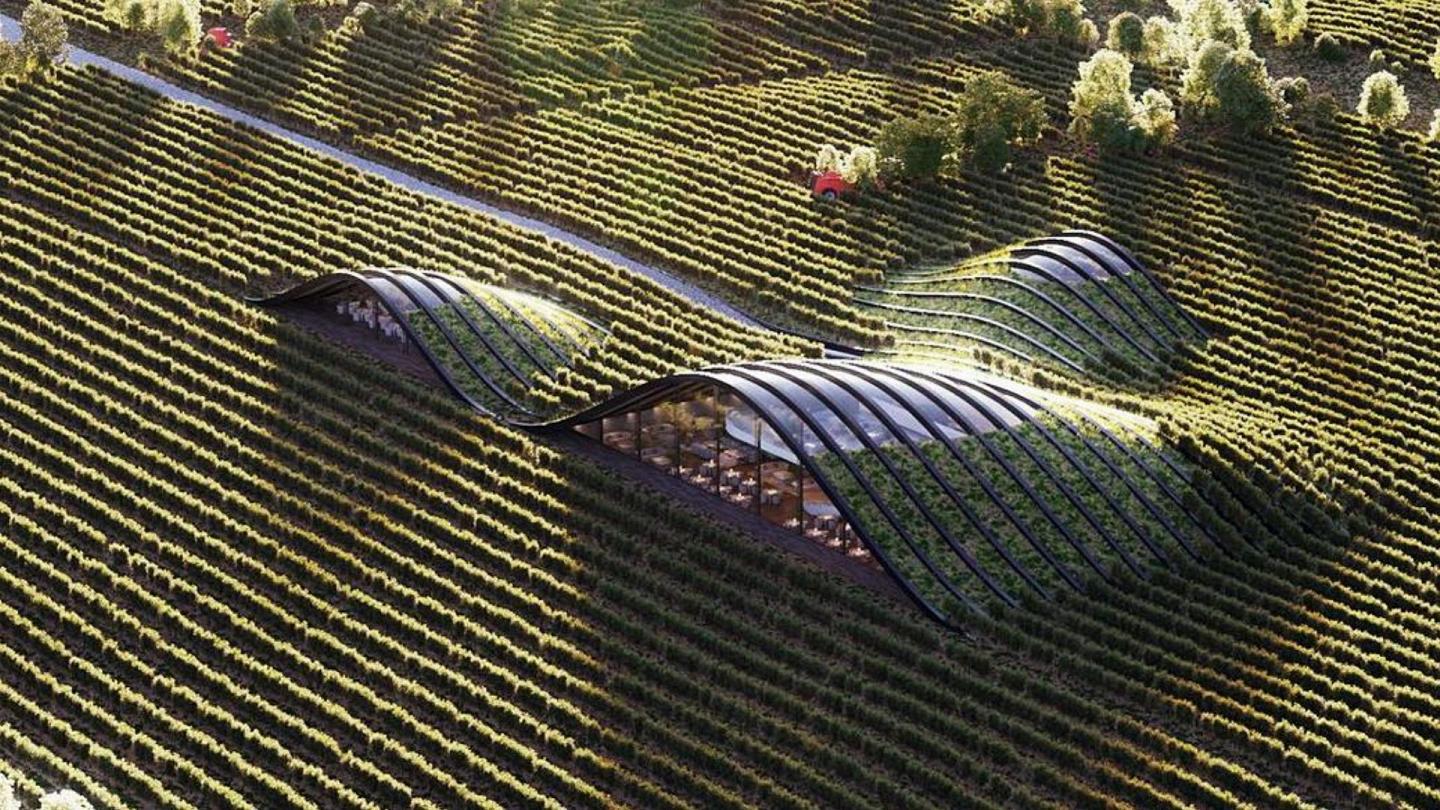
Architectural Arts - ARCHITECTURE
Architectural architraves are the architectural products and the methodology of designing, planning, and building new structures or other constructions. Architectural projects, at the broadest level, are typically perceived as artistic works and as visual symbols. The repertoire of architectural arches includes terracotta figurines, ceramic tiles, woodcarvings, metalwork, stone carvings, and tile mosaics. Architraves serve a variety of purposes such as providing support for structures, protection from weather conditions, ornamentation, or as part of a decorative scheme.
Architectural architraves are used in residential buildings and in public places where space is a constraint. In addition to being used in residential structures, architectural accents may be used in museums, government buildings, libraries, or schools and in private homes. Architectural arches can be used to compliment or contrast the general style of the structure. A simple example of this would be the use of a spiral staircase surrounded by a cornice to create a modern day colonnade.
Architectural architraves have been around since ancient times, where they were primarily used to support the roof of a building. Ancient architecture provided a unique opportunity to decorate public buildings in order to enhance their appeal to the general public and to increase its revenue. In fact, architecture provided the first blueprint of man-made structures when the first cities were being built. The concept of architectural flair was considered to be quite revolutionary, because previous constructions had been based on natural forms and geometrical forms. The Roman architect Vitruvius, who is thought to have lived between the 1st century and the 2nd century BC, is responsible for the earliest example of architectural flair in architecture.
As time passed and new technologies such as the compass and the microscope were developed, the importance of architects and their contribution to the improving of living standards grew. However, this architectural profession was not limited to large public buildings; small private homes were also built. In fact, in many cases buildings were erected even outside the boundaries of the town or city limits. The most famous example of this is the Roman Forum, which was built at the center of the town of Rome itself. Despite the fact that the majority of these structures are still standing, it must be said that they are not as grand or impressive as they used to be because of the prevalence of concrete and bricks.
The primary function of the architect is to plan the layout, design and construction of buildings. Although the primary role of the architect is to design the physical structure, he also plays an important role in the planning and designing of the interior environment. Interior designing, in comparison to designing buildings from scratch, is much more challenging, since there are many technical considerations involved. This is why large-scale drawings and other technical drawings must be created in advance.
ARCHITECTURE in architecture does not simply refer to the physical architecture. There are many aspects that go into designing buildings including interaction of the materials used in construction, planning the positioning of windows and skylights, selecting the best location for the architect’s workshop and many more. The overall effect of an architectural masterpiece is greatly dependent on the skill and expertise of the architect. Therefore, the responsibility of designing buildings often includes technical, financial, social and aesthetic considerations.